According to CNET, in the successful journey so far, NASA's James Webb Space Telescope has successfully completed the steps of traveling a million miles from the earth and aligning its 18 hexagonal gold-plated mirrors. The agency said the James Webb Space Telescope was only "a few weeks away" from full operation. In preparation for Weber's first cosmic discovery, NASA is accumulating an exciting list of interstellar targets* On Thursday, it announced two goals that will never disappoint: two hot "super earths" *, which sound like the world of Star Trek.

One "super earth" is covered by an ocean of lava, and the other has no atmosphere.
"They will provide us with a wonderful new perspective on earth like planets in general and help us understand what early Earth might have looked like when it was as hot as today's planets," Laura kreidberg of the Max Planck Institute of astronomy said in a statement
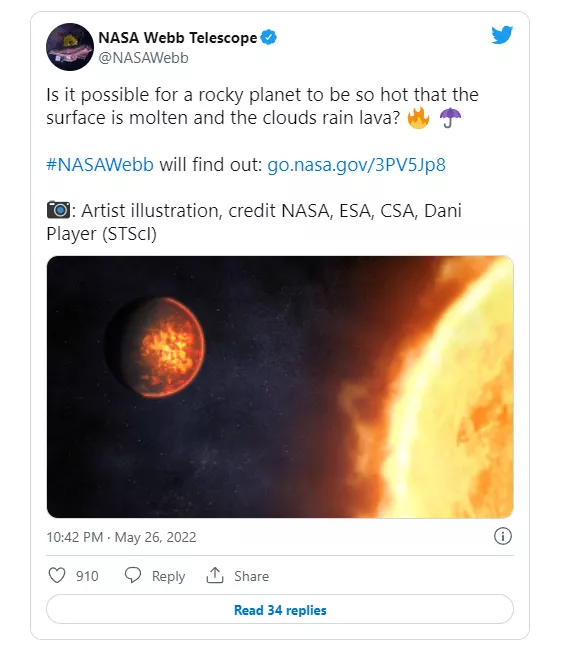
Exoplanet 55 Cancri e
First, we have the exoplanet 55 Cancri e, or, as NASA puts it, a super hot "super earth". This rocky planet is about 40 light-years away from us and its mass is 8.63 times that of our planet.
55 Cancri e revolves around a star similar to the sun, similar to the unbreakable link between the earth and the sun, but it is very hot because it is less than 1.5 million miles from the star. Extreme. Hot. As a background, the earth orbits the sun from a distance of nearly 95 million miles. That's why scientists believe that the rocks on 55 Cancri e will really melt into an ocean of lava. And that's not the strangest part.
This super hot planet is very close to its "sun", which also leads to a major mystery, which is a problem Weber has the ability to solve.
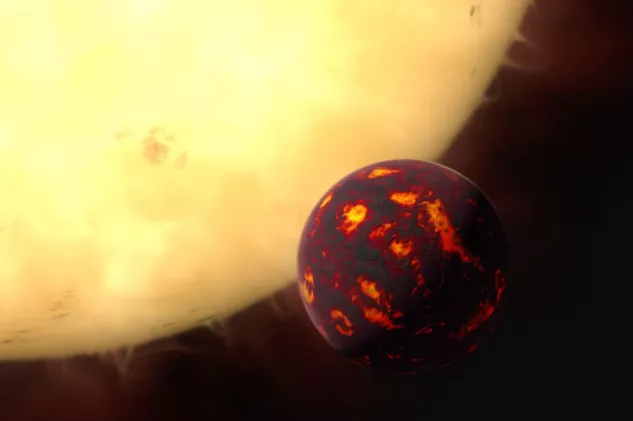
"Planets that orbit so close to stars are thought to be tidal locked," NASA said This means that one side of the planet must always face the star. Intuitively, scientists believe that such tidal locking will make the star facing side of the planet much hotter than the other side, and this heat should not really fluctuate. But 55 Cancri e does not seem to exhibit these characteristics.
However, one possible explanation is that "55 Cancri E may have a thick atmosphere dominated by oxygen or nitrogen," Renyu Hu of NASA's Jet Propulsion Laboratory in Southern California said in a statement. Alternatively, Alexis brandeker, a researcher at Stockholm University who led another team studying 55 Cancri e, suggested that researchers might have mistakenly locked the tide of 55 Cancri E in the beginning.
"This explains why the hottest part of the planet has been transferred," brandeker said. "Just like on earth, the surface takes time to warm up. The hottest time of the day will be in the afternoon, not at noon." If brandeker is right, 55 Cancri e is probably not only the location of lava ocean, but also the location of lava rain.
This is Weber's role.
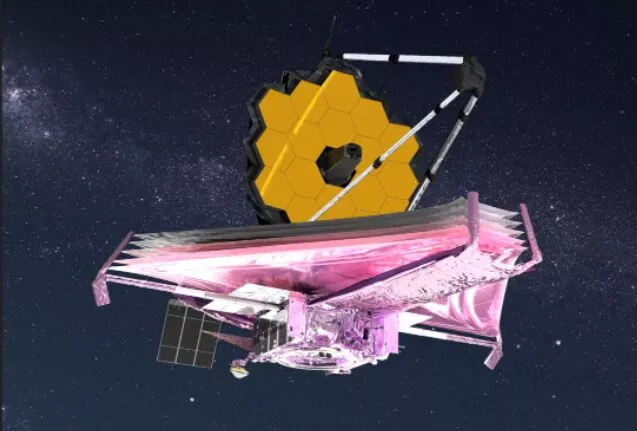
On the one hand, Hu and other researchers are determined to clarify this problem by training Weber's groundbreaking near infrared camera (NIRCam) and medium infrared instrument (MIRI) on the side of the planet. Both technologies use the power of infrared imaging to observe what the human eye cannot see.
The light emitted from the infrared region of the electromagnetic spectrum is basically invisible to us, but these instruments can capture these photons, even if they come from deep space, and convert them into signals that we mortals can read. "If it has an atmosphere, (Weber) has enough sensitivity and wavelength range to detect it and determine what it is made of," the researchers said.
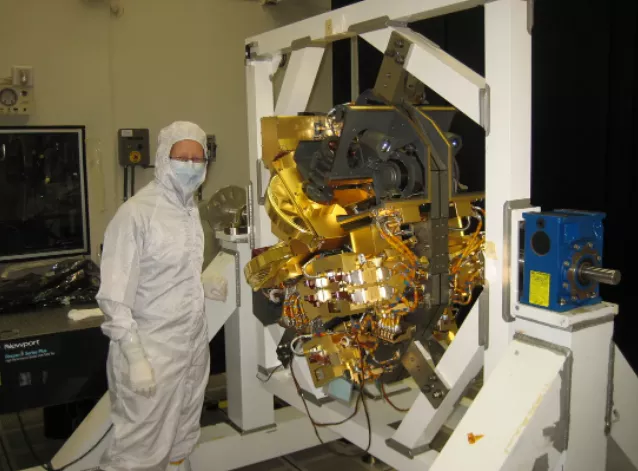
On the other hand, brandeker and other researchers also plan to use NIRCam to measure the heat emitted by the luminous surfaces of 55 Cancri E on four different orbits.
Exoplanet LHS 3844 B
A little farther away than 55 Cancri e -- 48 light-years to be exact -- there is another extrasolar planet that is very hot, although technically colder, called LHS 3844 B. The main bright spot of this planet is that it doesn't seem to have Any air? In other words, it does not have a "substantial atmosphere".
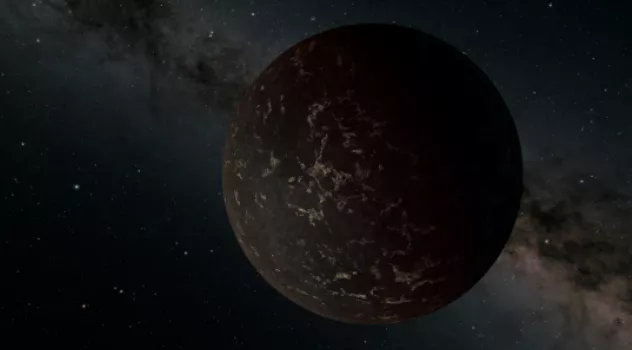
The planet's powerful infrared spectrum can be used to interpret its secrets. Due to the lack of atmosphere, NIRCam may not work in this case, but Miri can. Miri cannot accurately "image" LHS 3844b, but it can detect the presence of different rock components, such as granite or basalt, and possibly even volcanic gas - if the planet has active volcanic activity.
"It turns out that different types of rocks have different spectra," kreidberg said. "You can see with your eyes that granite is lighter than basalt. There are similar differences in the infrared light emitted by rocks."
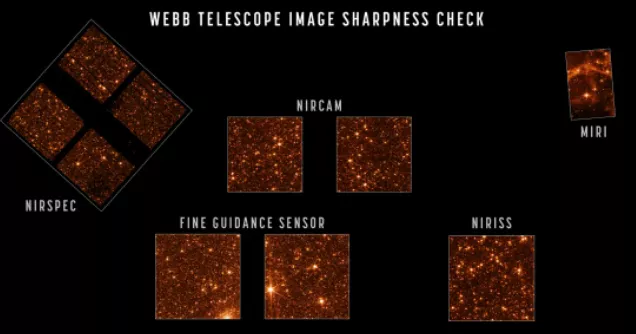
Although these two exoplanets are truly awesome Weber scientific goals, they are only the surface of what this telescope can do for astronomy in the coming years. Researchers around the world have informally joined Weber's "arsenal". For example, one team is identifying extraterrestrial biometrics and another team is targeting the "ancestors" of a supermassive black hole.